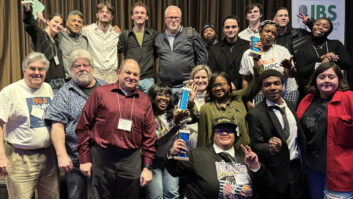MOUNTAINVIEW, Calif. � With all the talk of late about Alphabet�s Project Loon, it�s important to know that Facebook continues to work on Aquila, its own high altitude platform station broadband connectivity system. Interestingly, one global aircraft manufacturer has been engaged in the process.� Does that mean Facebook is planning on using aircraft flying their normal routes to provide internet access below on the ground?�
A recent blog entry goes on to say that the HAPS architecture includes much more than just a fleet of aircraft carrying communications payloads � it will eventually augment terrestrial and satellite networks from approximately 20 km above ground, with minimal infrastructure and maintenance.
�We believe that HAPS connectivity is an important enabler of the next generation of broadband infrastructure, making it possible to bring broadband connectivity to rural regions where internet connectivity is lacking or non-existent,� according to the same blog entry.�
Facebook recently announced that is it collaborating with Airbus to advance spectrum and aviation policy and to continue to demonstrate the viability of HAPS systems for providing broadband connectivity.
In order to truly be viable, HAPS needs radio spectrum. �We have been working with the International Telecommunication Union and governments around the world to make more spectrum available for HAPS, and we are encouraging the ITU to facilitate the necessary spectrum identifications that will support broadband HAPS systems when they meet in November 2019 at the World Radiocommunication Conference,� according to the same blog entry. �Similarly, we are also encouraging the International Civil Aviation Organization and civil aviation authorities around the world to continue their work supporting the integration of HAPS into the worldwide aviation infrastructure.��
�












